The back-end of the nuclear fuel cycle
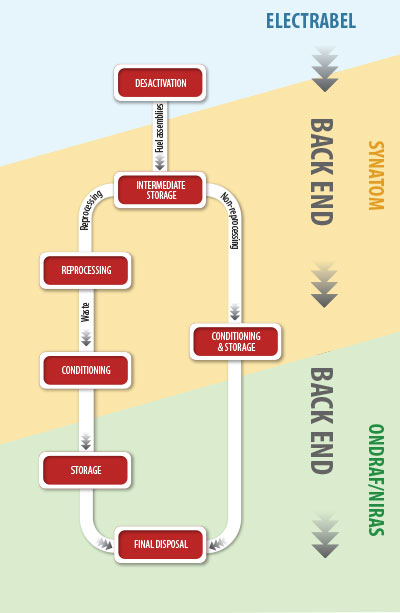
The back-end of the nuclear fuel cycle involves managing used nuclear fuel once it has been used for electricity production. For SYNATOM, this includes all operations that take place after the fuel has passed through the deactivation pool. These operations mainly consist of intermediate storage on the site of the Doel and Tihange power stations. This stage will last several decades, until the spent fuel is finally transferred to the National Agency for Radioactive Waste and Enriched Fissile Materials (ONDRAF).
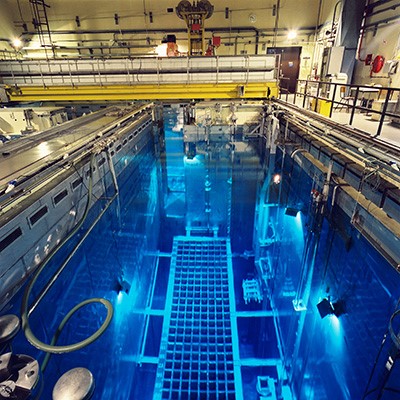
Storage in deactivation pools
The deactivation pool is located in the nuclear island near the reactor building.
Spent fuel assemblies generally remain under water in the deactivation pools for at least 3 years. This allows the radioactive decay to start and some of the residual heat to dissipate.
Transfer of the assemblies to the deactivation pool is the responsibility of ELECTRABEL, which operates the Belgian nuclear power plants.
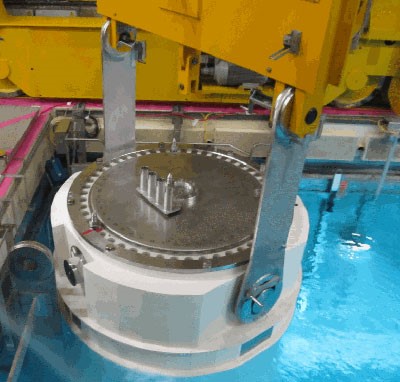
Intermediate storage
Intermediate storage of spent fuel assemblies is one of SYNATOM’s missions.
The assemblies are stored on the site of the Doel and Tihange power plants.
Intermediate storage of waste from historical reprocessing contracts is carried out at the site of BELGOPROCESS (subsidiary of the National Agency for Radioactive Waste and Enriched Fissile Materials) in Dessel.
All the technical operations involved in transferring fuel assemblies from the reactor vessel to the deactivation pool of each unit are performed by experienced teams from the nuclear operator, ELECTRABEL. The same applies to transfers to the centralized intermediate storage facilities at the Doel and Tihange sites.
SYNATOM is responsible for covering the costs associated with these operations, and for financing the infrastructure and equipment needed to store spent fuel.
SYNATOM also pays the National Agency for Radioactive Waste and Enriched Fissile Materials for the intermediate storage of waste from the reprocessing of spent fuel assemblies (reprocessing contracts predating 1993).
Centralized intermediate storage
In 1993, the Belgian Government decided on a moratorium on the reprocessing of spent fuel assemblies.
Since then, SYNATOM and ELECTRABEL decided to store the spent fuel assemblies on the site of the Doel and Tihange nuclear power plants. To avoid saturating the deactivation pools, a centralized storage building was built on each site.
Two approaches have been developed:
1 Dry storage
2 Underwater storage.
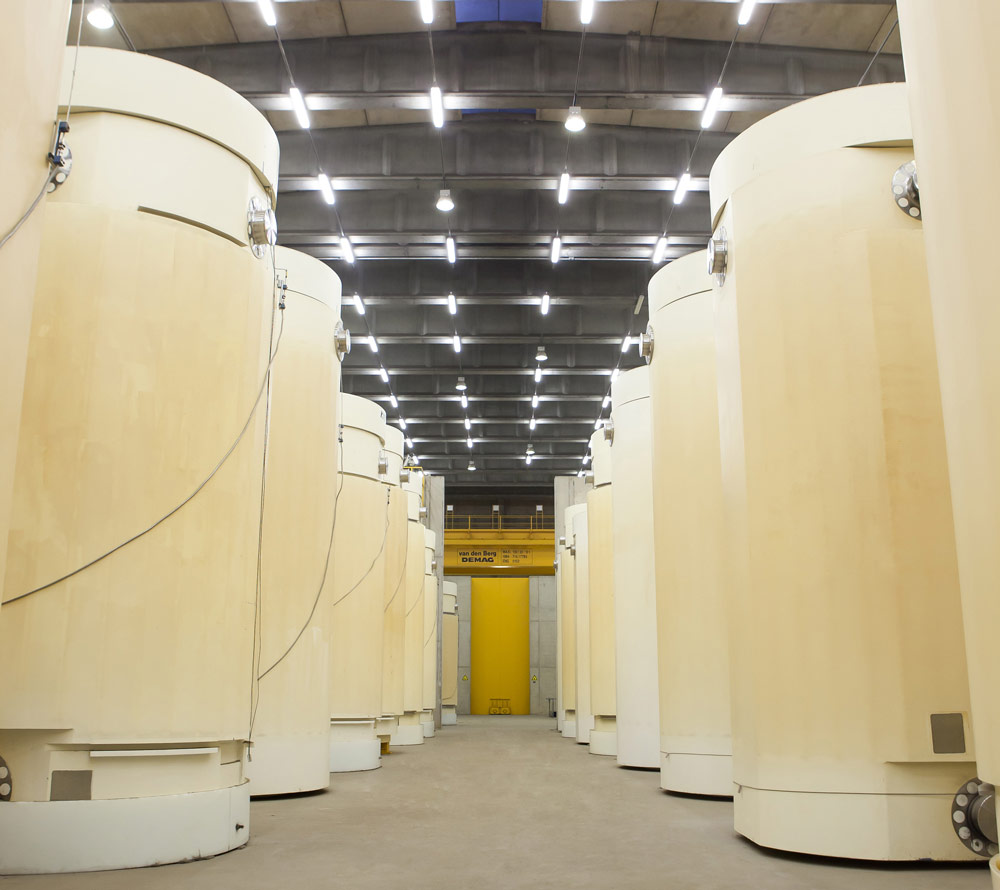
Dry storage at the Doel nuclear power plant
Dry storage in special casks was developed at the Doel nuclear power plant.
The centralized building was put into operation in 1995. It was designed to accommodate 165 casks, each holding between 24 and 37 assemblies.
At the end of their stay in the deactivation pool, the fuel assemblies are transferred to the centralized storage building.
This requires the spent fuel assemblies to be placed directly into the dry storage cask. This operation takes place in the deactivation pool.
The casks, once filled and dried, are placed on a trailer and transported to the centralized building housing the casks from the four units.
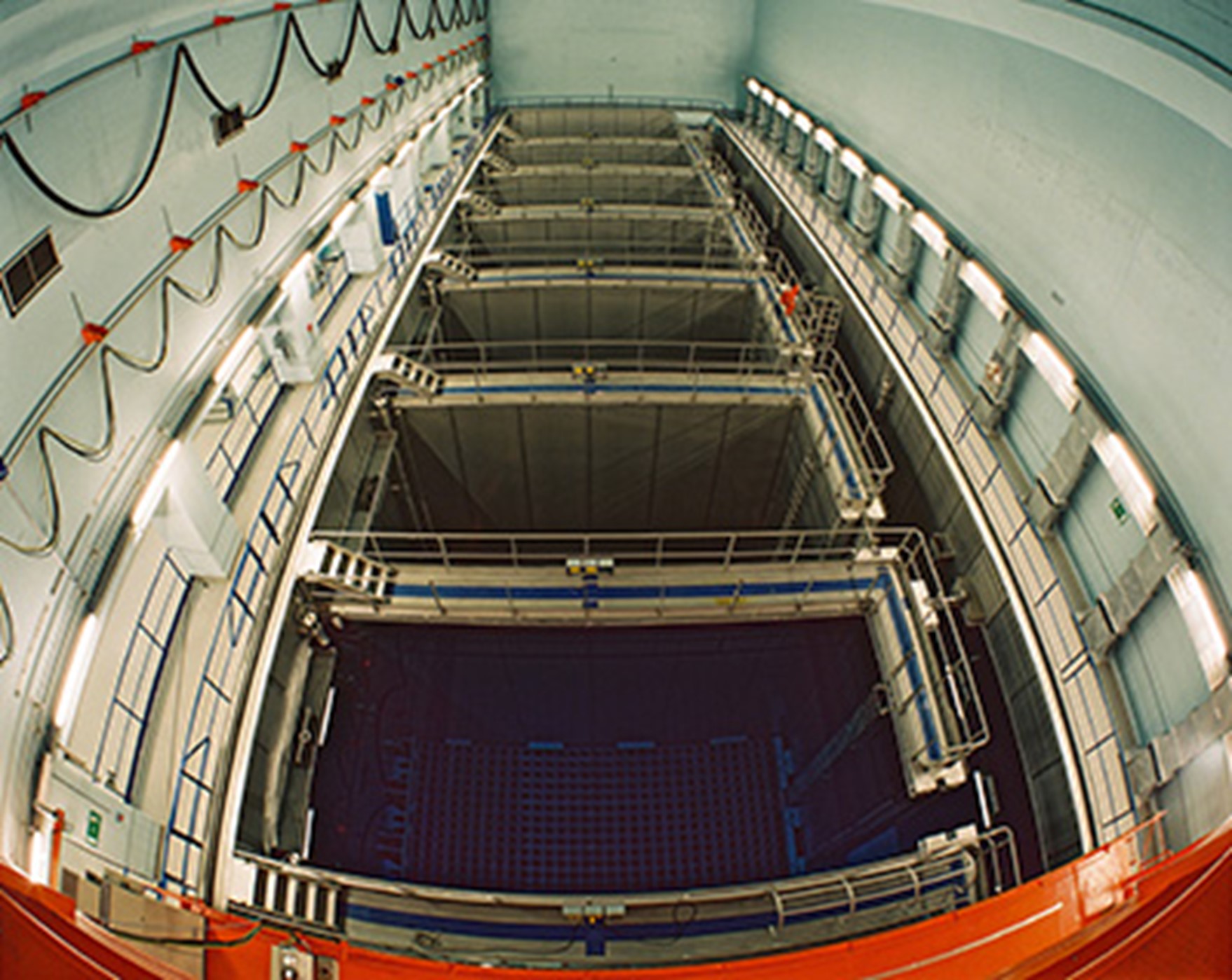
Underwater storage at the Tihange nuclear power plant
Underwater storage at Tihange is performed in a centralized building commissioned in 1997.
This building includes 8 docks or pools, which can contain a total of 3,720 assemblies.
These assemblies are stored in racks covered by 8 meters of borated water. The boron in the water has a neutron-absorbing effect and thus prevents any nuclear reaction from developing.
To transfer the assemblies between the deactivation pools of the 3 units and the centralized building, they are placed in a shuttle. This shuttle can accommodate 12 assemblies. Once it arrives at the central storage building, the shuttle is submerged and unloaded. It is then reconditioned for reuse.
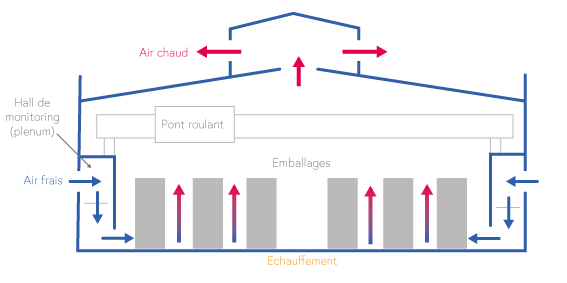
How SF2 works
New intermediate storage capacities
New dry intermediate storage buildings have been erected in Tihange and Doel. These two buildings are known as “SF2” (Spent Fuel Storage Facility) and are designed for dry storage in casks. They offer excellent radiological protection and do not generate radioactive waste.

ONDRAF photo library
Final storage
The National Agency for Radioactive Waste and Enriched Fissile Materials is ultimately responsible for the final storage of waste from the nuclear fuel cycle.
The Phoenix Agreement reached at the end of 2023 between the ENGIE Group and the Belgian Federal Government provides for the payment of a lump sum of 15 billion euros by the ENGIE Group, in full and final settlement, with 11.5 billion euros being paid at the closing of the agreement expected in early 2025 and the balance at the restart of the units expected in late 2025.
This amount will cover all future costs related to the management of nuclear waste from ELECTRABEL‘s nuclear facilities in Belgium, as well as the spent fuel management from 2050 onwards.